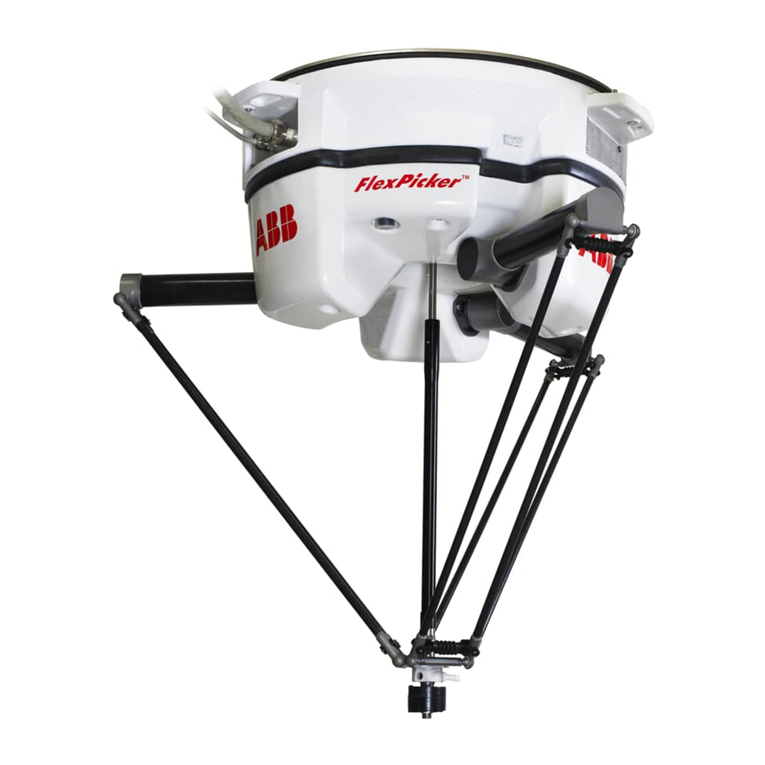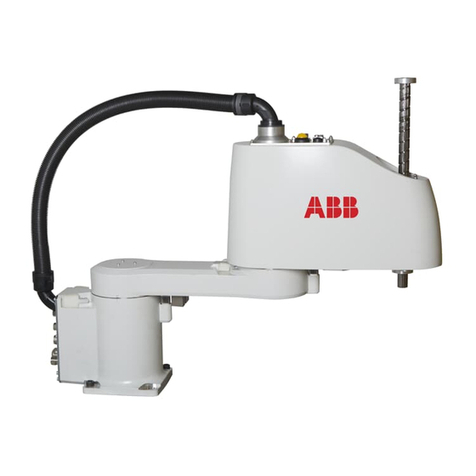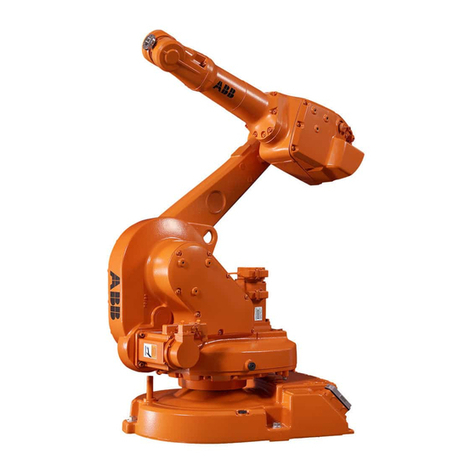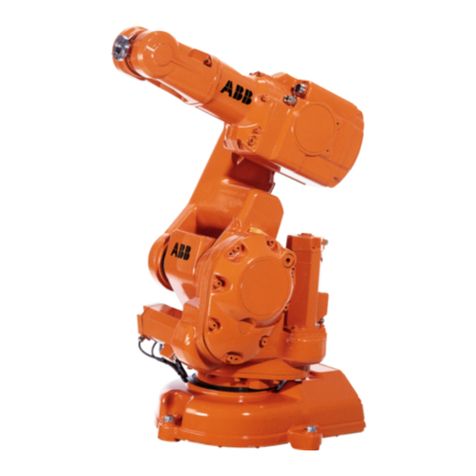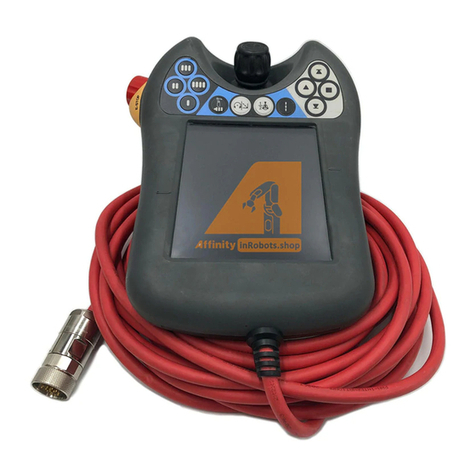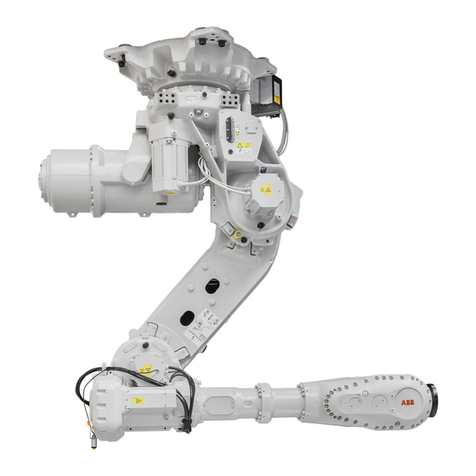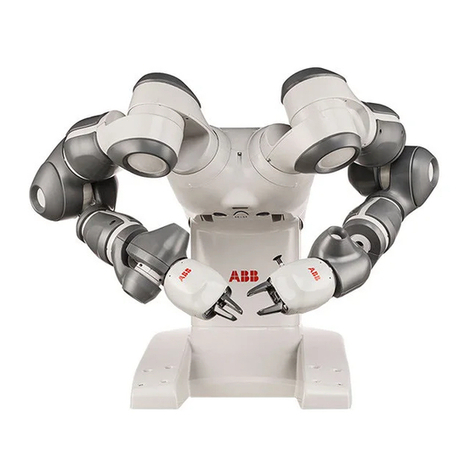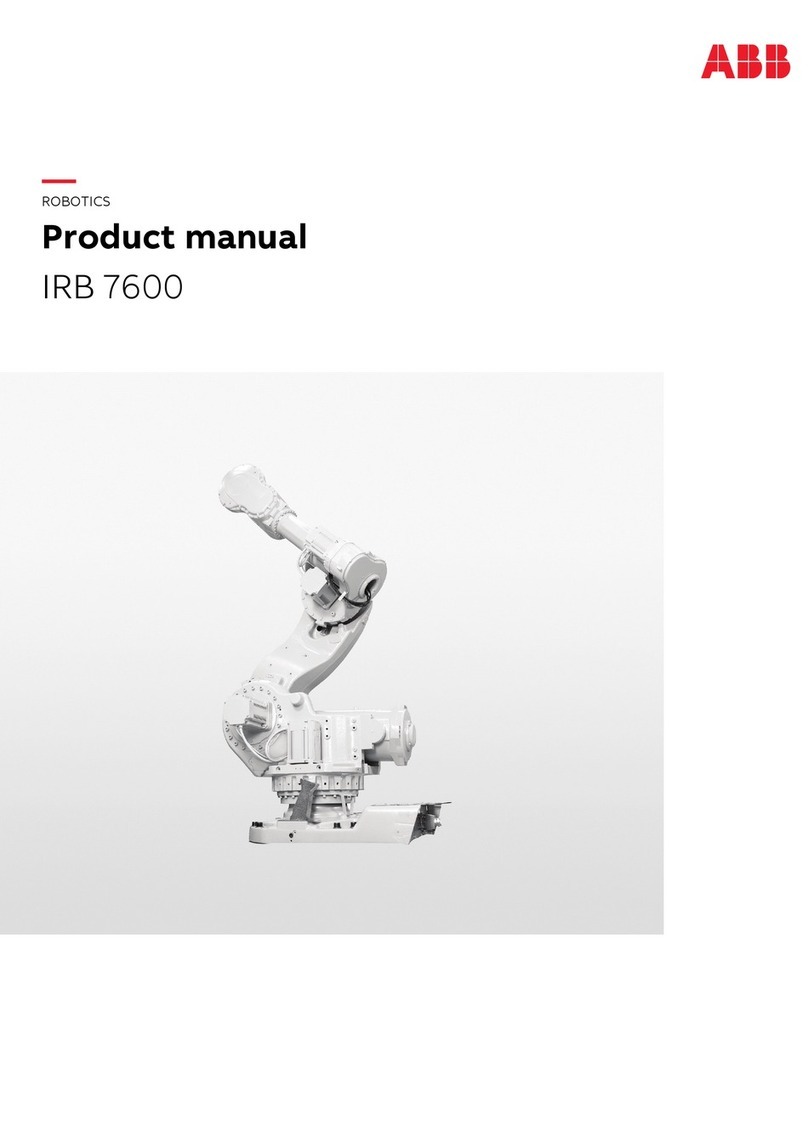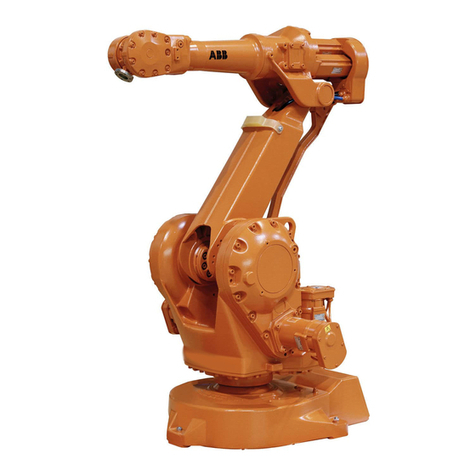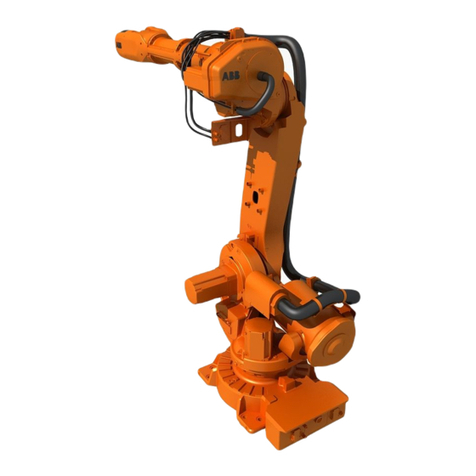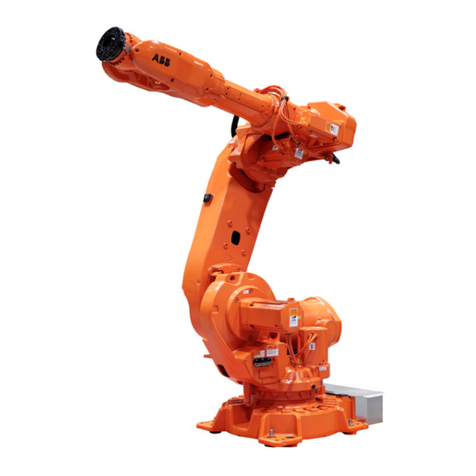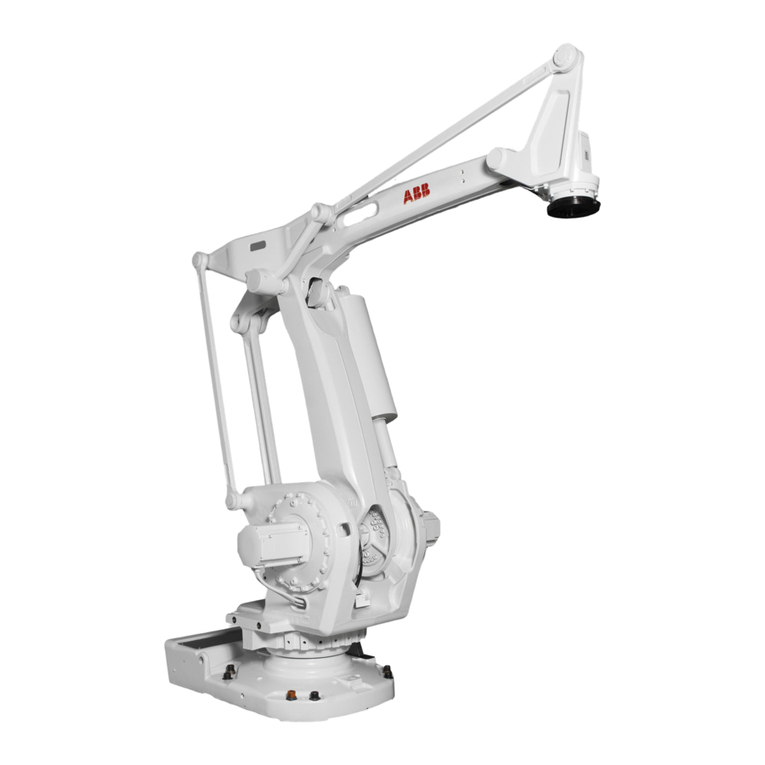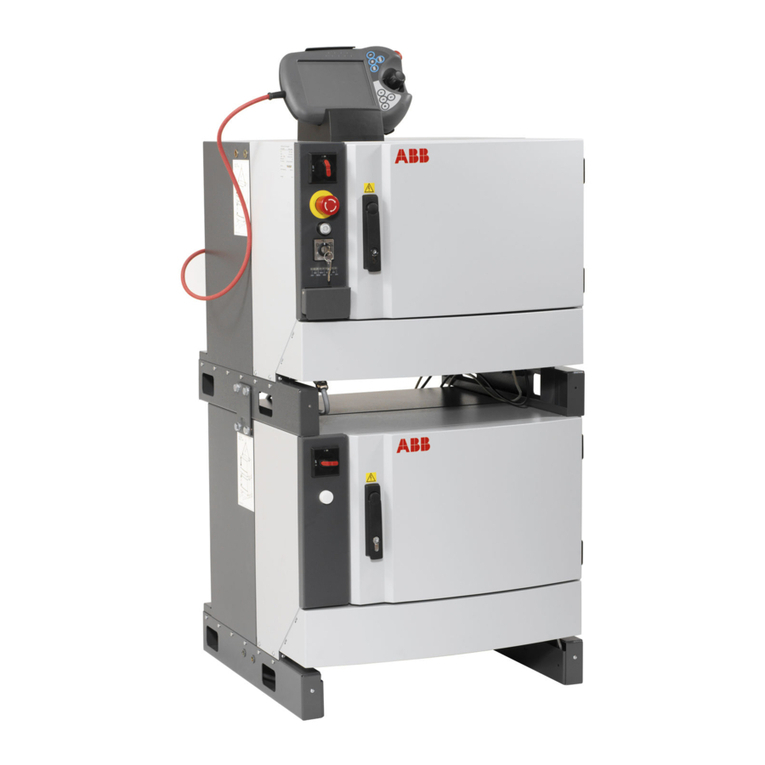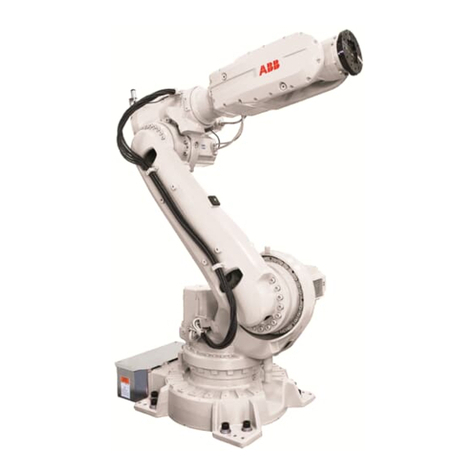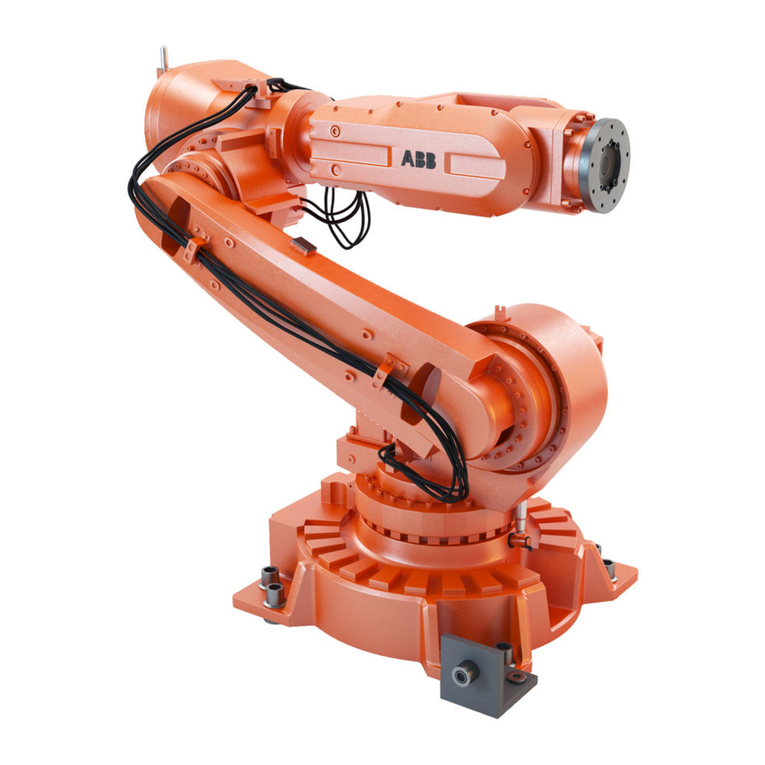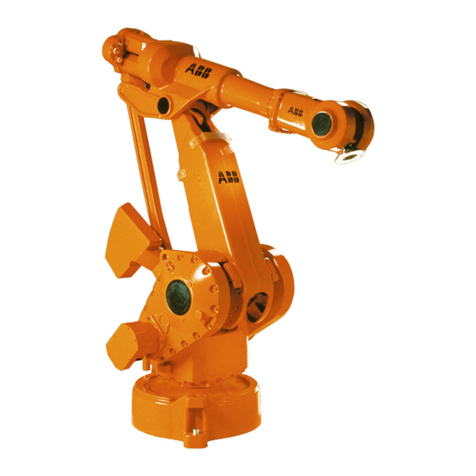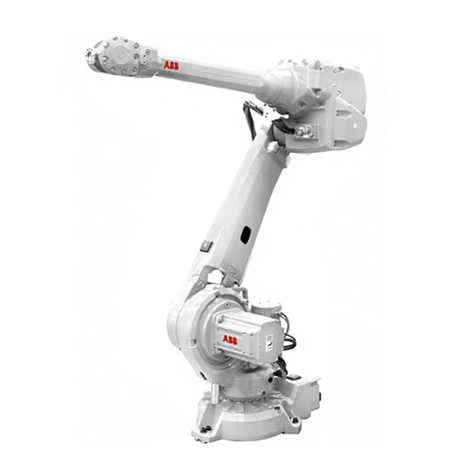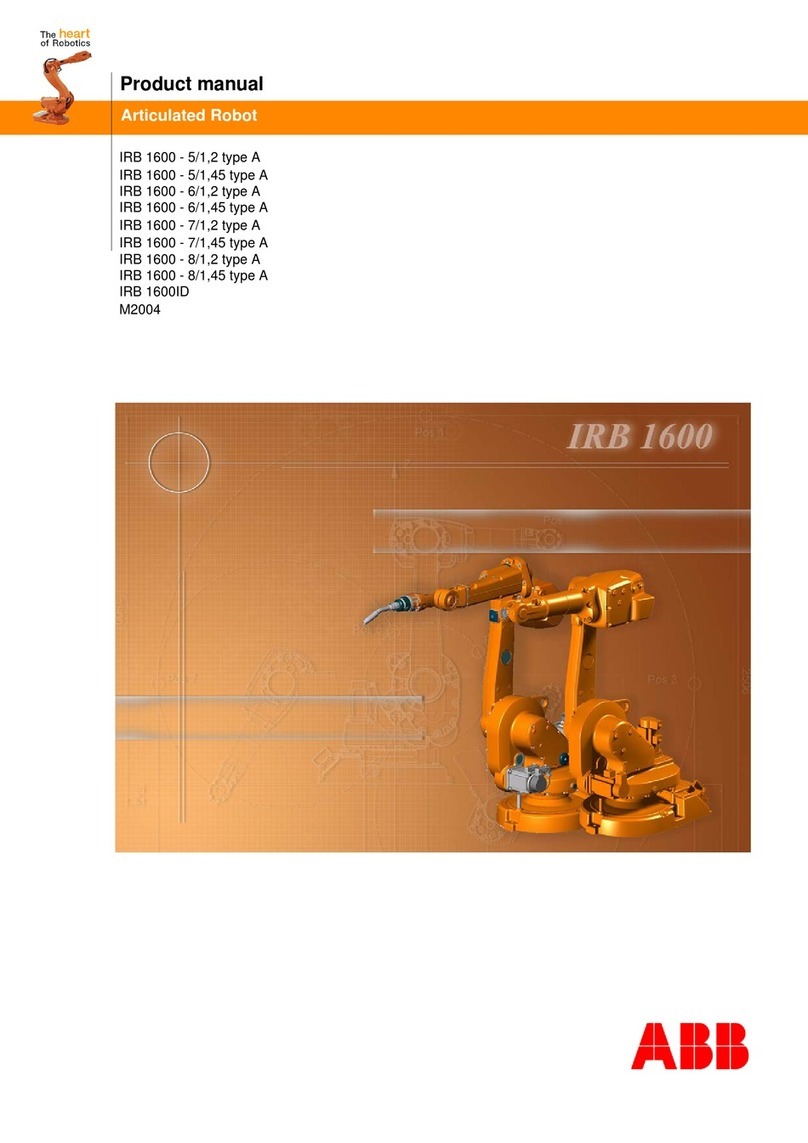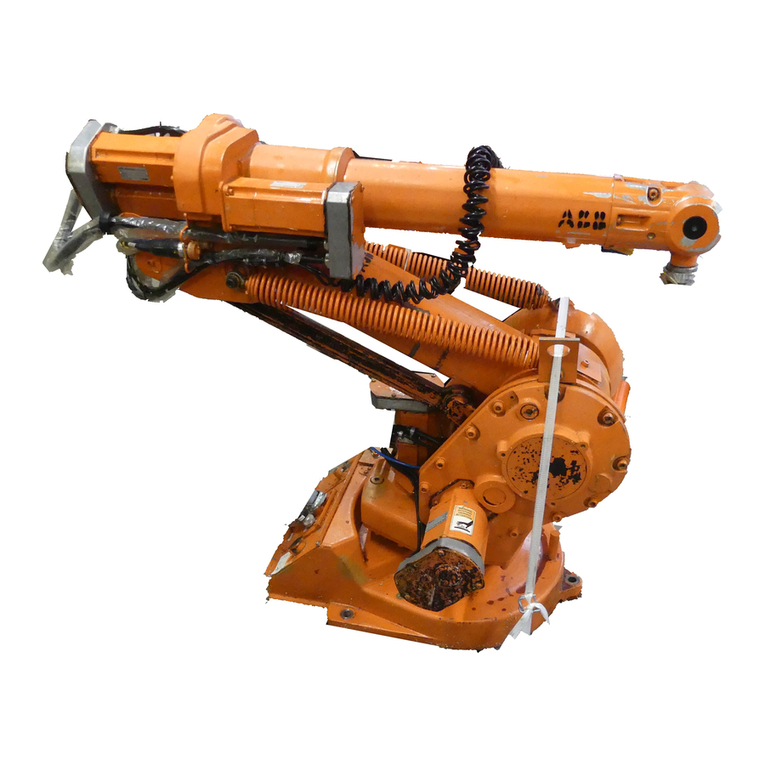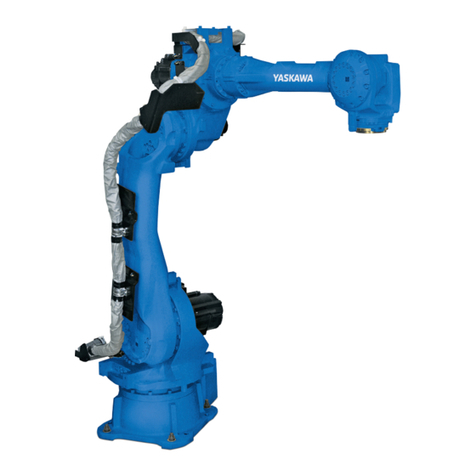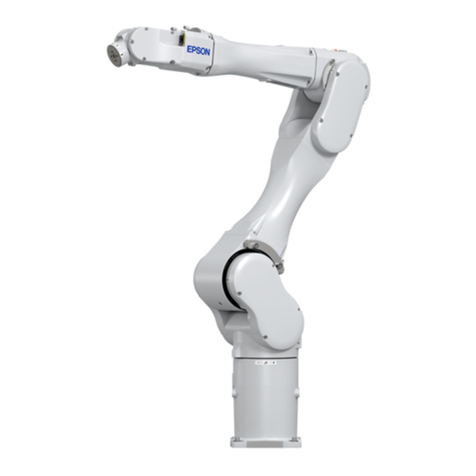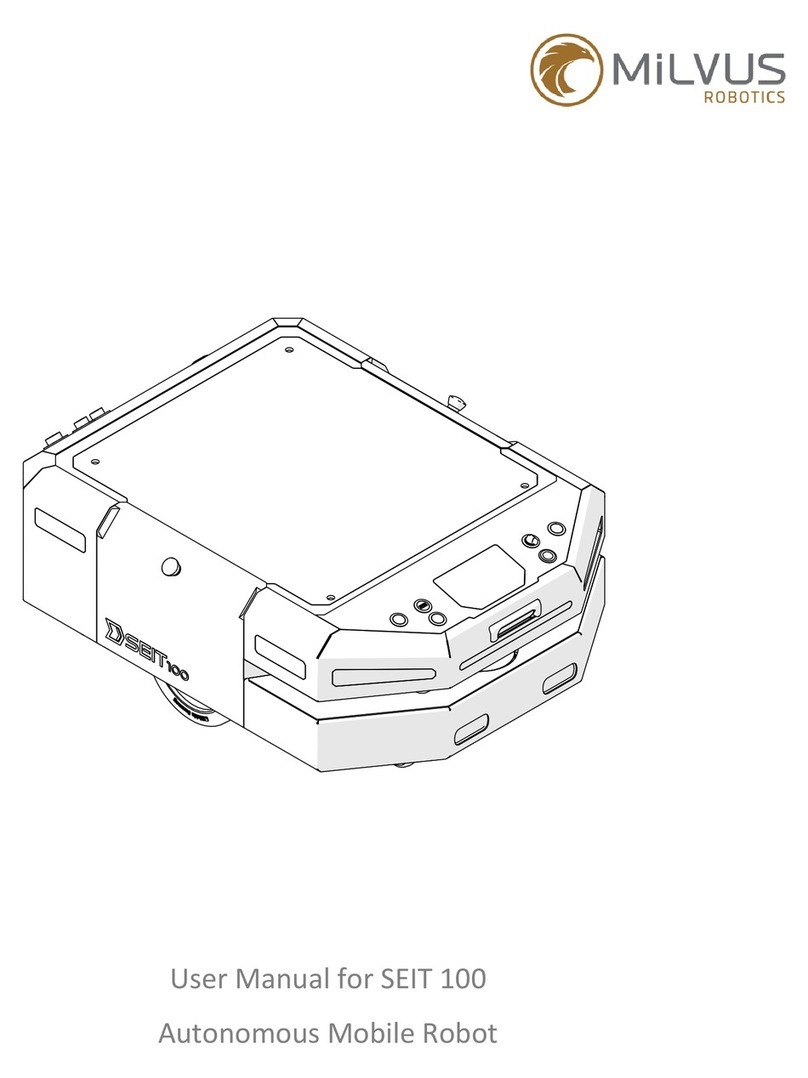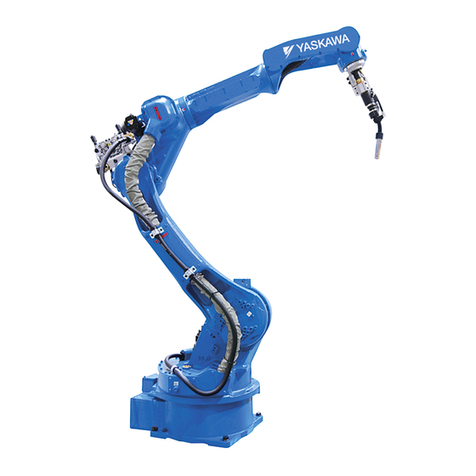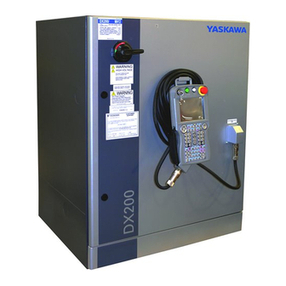
Table of contents
7Overview of this manual ...................................................................................................................
9Product documentation ....................................................................................................................
111 Safety
111.1 Safety signals in the manual ................................................................................
131.2 Make sure that the main power has been switched off ..............................................
141.3 Risks associated with live electric parts .................................................................
152 Introduction to BullsEye®
152.1 Product overview ..............................................................................................
172.2 Theory of operation ...........................................................................................
192.3 Limitations .......................................................................................................
212.4 Safety information .............................................................................................
233 Installation
274 Maintenance
295 User guide
305.1 Overview .........................................................................................................
315.2 Data storage .....................................................................................................
325.3 Using BullsEye .................................................................................................
335.3.1 The global methods of BullsEye .................................................................
345.3.2 Defining a tool ........................................................................................
375.3.3 Default BullsEye data ...............................................................................
385.3.4 Selecting different BullsEye data ................................................................
415.3.5 Creating new BullsEye data instances .........................................................
455.3.6 BullsEye data parameters .........................................................................
465.3.7 QuickCheck ...........................................................................................
475.4 BullsEye status codes ........................................................................................
515.5 Frequently asked questions ................................................................................
556 RAPID reference
556.1 Data types .......................................................................................................
556.1.1 be_device - Device data ...........................................................................
586.1.2 be_scan - Scan data ................................................................................
616.1.3 be_tooldesign - Tool design ......................................................................
656.2 Instructions ......................................................................................................
656.2.1 BECheckTcp - BullsEye check TCP ............................................................
686.2.2 BEDebugState - Debug state control ...........................................................
696.2.3 BERefPointer - BullsEye reference pointer ...................................................
726.2.4 BESetupToolJ - BullsEye setup tool joint move .............................................
776.2.5 BETcpExtend - BullsEye extend TCP ..........................................................
796.2.6 BEUpdateTcp - BullsEye update TCP ..........................................................
826.3 Functions ........................................................................................................
826.3.1 OffsToolXYZ - Offsets tool cartesian ...........................................................
836.3.2 OffsToolPolar - Offsets tool cartesian ..........................................................
857 Spare parts
87Index
Application manual - BullsEye 5
3HAC050989-001 Revision: C
© Copyright 2004-2018 ABB. All rights reserved.
Table of contents
